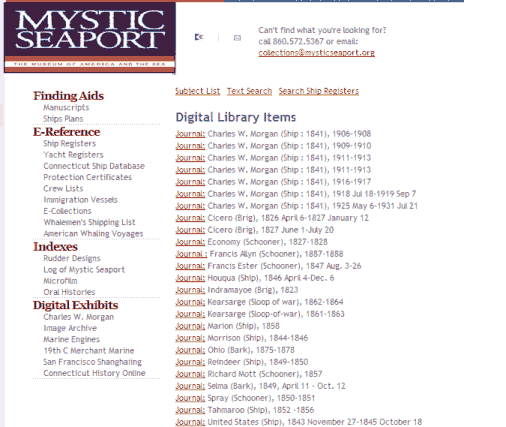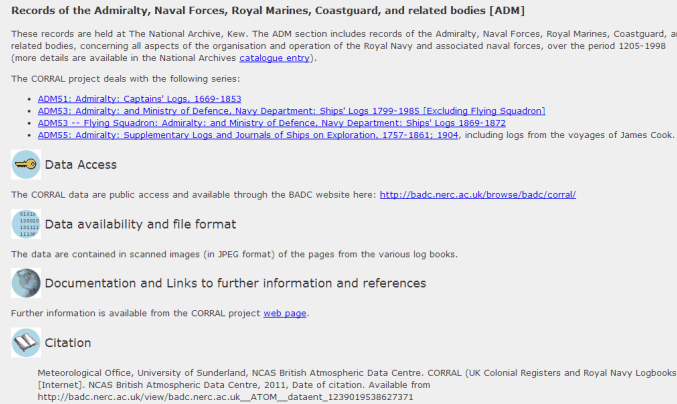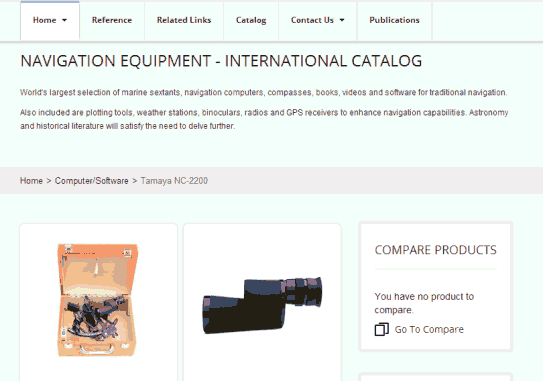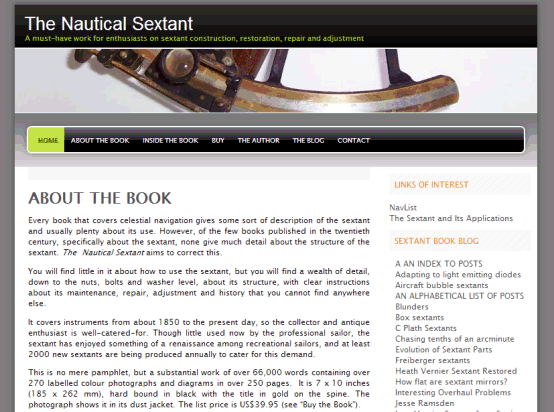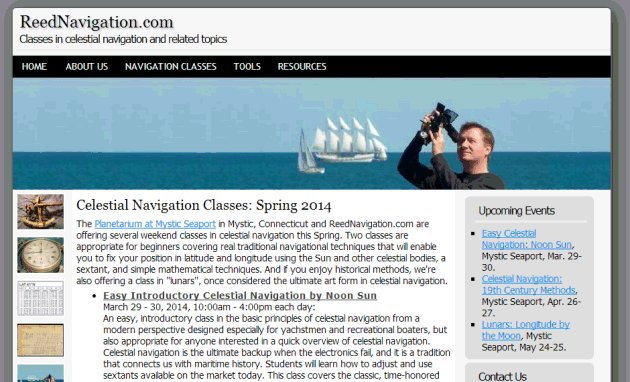
NavList:
A Community Devoted to the Preservation and Practice of Celestial Navigation and Other Methods of Traditional Wayfinding
From: Frank Reed
Date: 2025 Apr 14, 06:16 -0700
Daniel H:
It sounds like you're doing this the long way around. You mentioned you have my "GPS Anti Spoof" app, but you're not using it, or you're using it only halfway? When you take a sight with the app running, and you're happy with your sight, you should count off ten seconds (if that's the settings choice you are using) and tap "pause". Then the displayed altitude is exactly what you should be seeing from your sextant. The difference is your sight error --100%. That's all. No paperwork needed. Instead it sounds like you're going through a long, fraught process of calculation. In effect, you're combining the errors of sextant sights with the errors of analysis, and there's no way to dis-entangle them. This used to be the only option, decades ago. Computing power gradually eliminated that, and now we have apps. Mine, specifically, allows almost instantaneous comparison with your sights. There's nothing more to it than that. Look at the screen, and record the difference.
You also mentioned:
"One potential problem is the ocean horizon is quite fuzzy to my eye, and that may create an issue."
Well, no doubt, that is an issue! If the horizon looks fuzzy... or worse "quite fuzzy"... then that guarantees that any sights off the sea horizon will have a much larger range of error than you would get with a good horizon. Is there a focus issue? Can you adjust the focus on your sextant and get a sharper horizon? Or can you try a slightly different location? Even changing your height of eye might help. If you have been shooting close to water level, try climbing a nearby hill. An altitude of fifty or a hundred feet may get you above some surface haze. Of course, then, you will need a measure of height of eye to work with. Or you could look for a fixed offset in all your sights and adjust your height of eye to eliminate that.
Frank Reed

